A machinist’s arsenal is incomplete without the most powerful and useful tools: electric discharge machining (EDM). This process does not require the use of sharp cutting tools but uses sparks to cut materials, opening up new manufacturing possibilities. But it is not always easy to identify when EDM should be used.
In fact, some engineers may have become accustomed to traditional CNC machining, and they have not even considered the possibility of using EDM for their parts or prototypes-even though EDM can improve the quality of the final product on a large scale or reduce the overall project cost.
By discussing seven specific situations where EDM can be more effective than traditional machining, the author tries to give a quick introduction to EDM.
1. What is EDM?
EDM is a manufacturing and forming process of metal parts. EDM machines are similar in structure to CNC machine tools. The important difference is that EDM machines use electric discharge (spark) to cut metal materials instead of sharp cutting tools. So, how to control the spark so that it penetrates the metal?
EDM uses both soft metals and graphite tools for the electrodes and conductive metal workpieces for the second electrode. When the tool and the workpiece are immersed in the medium liquid, the machine applies voltage.
This arrangement causes a dielectric breakdown of the liquid, and the arc generated is sufficient to remove material from the workpiece. Then wash away the debris by replacing the liquid dielectric.
There are two main types of EDM:
Sinking EDM uses a metal mold as an electrode. Since the mold is formed into a specific shape in advance, it is very useful for creating complex shapes. Wire EDM uses tight wire for cutting thick plates, especially hard metals.
The advantages of EDM over traditional machining include:
- Can penetrate very hard metals
- Ability to process complex shapes
- Reduce distortion on fine features
But not all jobs are suitable. Because it is not suitable for plastic processing, EDM is much slower than traditional processing, making CNC better in most cases. Here are seven specific engineering situations. In these situations, EDM can produce better results than traditional CNC machine tools:
2. When Sharp Inner Corners are Needed
EDM, especially wire EDM, when machining sharp inner corners, as long as the correct wire type, tension and feed conditions are selected, it can play a role.
When using a traditional CNC machine tool, since the cutting tool is usually round, leaving a rounded corner (radius) on the workpiece, it is difficult to achieve sharp or square inner corners.
For this problem, there are workarounds, such as square end mills and single-sided bottom milling cutters, but machinists often accept the necessity of rounded internal corners.
Although the wire used in wire EDM is also round, it is much finer than CNC cutting tools, and it can create almost square inner corners.
Wire EDM can be used to achieve a radius of 0.005 inches around corners.
3. When a Very Deep Cut is Required
When using traditional CNC machine tools, long cutting tools are required to mill deep cuts and cavities. However, tools with high aspect ratios can cause chatter-excessive tool vibration-and result in poor machining quality.
EDM provides a solution for very deep cuts because it is not susceptible to chatter. In most cases, EDM can easily produce holes with a length-to-diameter ratio of up to 20:1, but in some cases, this ratio may reach 100:1.
4. When the workpiece material is very hard
One of the main uses of EDM is to process molds, molds, and even machine tools themselves. These items are usually made of unusually hard materials, such as hardened steel or tungsten carbide, which are difficult to penetrate with cutting tools.
One advantage of EDM is that the hardness of these metals does not greatly affect the machine’s ability to meet tight tolerances. As well as Nickel-molybdenum alloys, titanium and Inconel, Hastelloy (an alloy of nickel and molybdenum) can also be cut with EDM.
5. When parts need to be mirror polished
EDM usually produces parts with pits or pits on the surface. However, by strictly controlling certain parameters, this process can produce a special mirror surface finish without the need for polishing.
It is important that EDM does not produce an oriented surface and “lay” like traditional machining. By EDM machining very slowly and with low power, it is possible to greatly reduce the size of craters or pits.
In the end, a very smooth surface can be created, about 5 RMS (4 microinch Ra). Another way to make a mirror finish is to add the fine grinding powder to the medium liquid, which produces an effect similar to sandblasting, but during processing rather than after processing.
6. Manufacturing around the clock
Although this is more a concern for manufacturers than engineers, EDM offers important possibilities when it comes to automation and unattended or “lights out” manufacturing.
Since EDM is more predictable than traditional machining and less susceptible to error interference, it is possible to automate EDM machine tools and allow them to run 24 hours a day under minimal supervision.
If manufacturers can automatically load and unload workpieces (and electrodes), they can create an efficient and automated manufacturing process.
7. When making a mold
It can cut hard metals like tool steel accurately, which makes EDM a good choice when making molds, partly because it’s more efficient than CNC. Sometimes, before wire EDM is used for details or the deepest cut, a CNC milling machine or die EDM is first used.
Many injection molding companies use a combination of CNC machining and EDM and choose according to job needs.
8. When tight tolerances are required
Using EDM makes precision machining easier because it can achieve very tight tolerances. It is important that the workpiece is less likely to suffer deformation from EDM because there is no physical contact. With multiple passes, EDM can reach strict tolerances of +/- 0.0002″. However, the cutting speed needs to be significantly reduced to ensure the highest level of accuracy.
Holly is a prototype expert with many years of experience in EDM and other processes. Request a free quote for your next project.

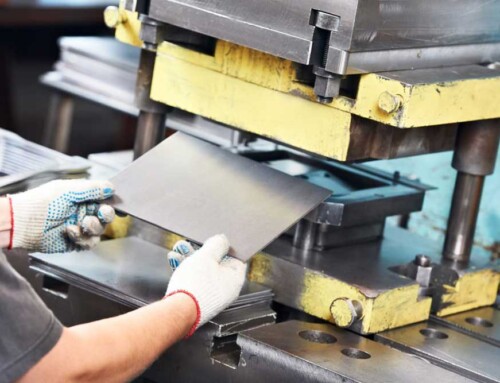
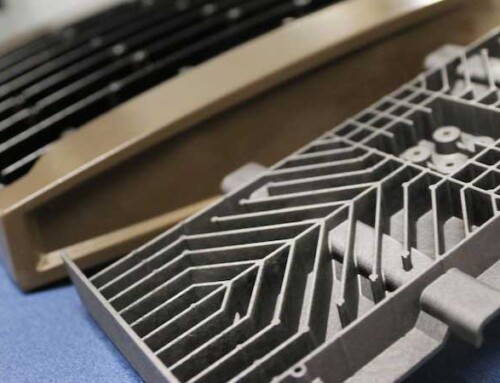
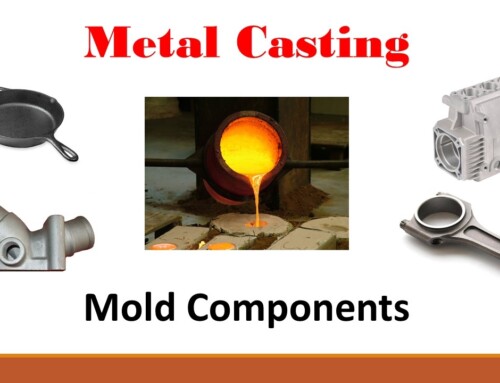
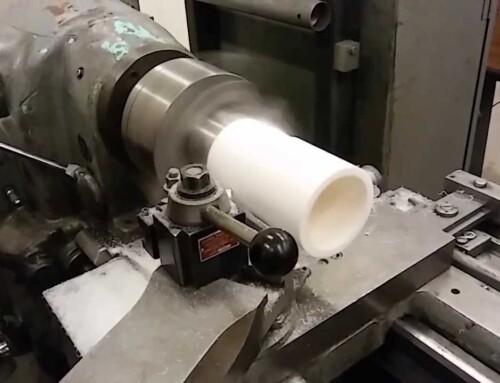
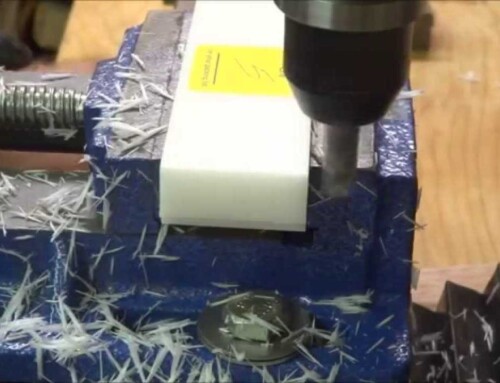
Leave A Comment